New Delhi: Minister of Road Transport and Highways Nitin Gadkari shared state-wise government data, which states that 13,795 black spots have been identified nationwide.
Black spots, defined as locations with a significant number of accidents involving fatalities or grievous injuries, have been a focal point in improving highway safety. shared updates on the government’s efforts to address road safety concerns by identifying and rectifying black spots on India’s National Highways (NHs).
The Minister also stated that short-term rectification measures have been completed on 9,525 spots, while permanent solutions have been implemented on 4,777. These measures include road markings, signage installation, crash barriers, traffic calming measures, and closure of unauthorized median openings. Permanent solutions, such as road geometric improvements, construction of underpasses and overpasses, and junction upgrades, are being implemented based on site-specific investigations.
State-wise Analysis of Black Spots
The state-wise breakdown reveals significant regional variations in the number of black spots. Karnataka (1,217), Andhra Pradesh (1,202), and Telangana (1,121) report the highest numbers, reflecting their vast road networks and traffic density. Tamil Nadu (1,011) and Rajasthan (954) also show high numbers, underlining the need for sustained road safety efforts.
Smaller states and Union Territories such as Mizoram (2), Daman and Diu (1), and Andaman and Nicobar Islands (4) report fewer black spots, likely due to lower traffic volumes and shorter highway stretches. Notably, Delhi has identified 132 black spots, underscoring the challenges of managing safety in urban settings.

Nationwide Standards for Road Safety
To ensure uniform safety measures, all roadworks on NHs adhere to guidelines issued by the Indian Roads Congress. These include regular safety audits at various stages, from design to post-construction. Additionally, quality control measures are enforced, such as inspections by engineers and strict penalties for contractors failing to meet safety standards.
The government’s commitment to road safety is evident through the integration of short-term and long-term measures, alongside stringent monitoring and evaluation processes. With over 70% of identified black spots already addressed through rectification measures, the Ministry continues to work towards reducing road accidents and fatalities on India’s highways. This effort reflects a broader commitment to enhancing infrastructure safety while maintaining operational efficiency across the national highway network.
The MoRTH defines a road accident black spot as a 500-meter stretch on a national highway with a history of high accident rates. Specifically, a stretch qualifies as a black spot if it has recorded either five or more accidents resulting in fatalities or serious injuries within the last three years, or ten or more fatalities in the same period.
However, there are some advanced technologies, such as such as Rate-Quality-Control Method, Entropy Weight and TOPSIS, Sliding Window Method, and Spatial Autocorrelation, tailored to different road types and traffic conditions, enable more precise identification of black spots. By addressing these critical areas, authorities can implement targeted interventions, reducing accidents and saving lives.



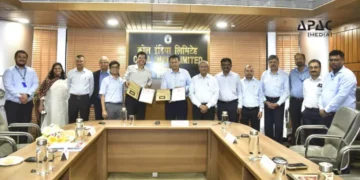


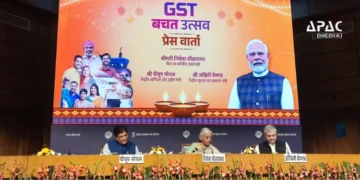




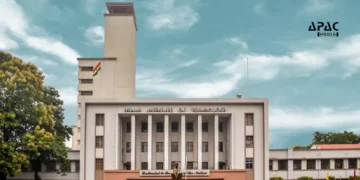
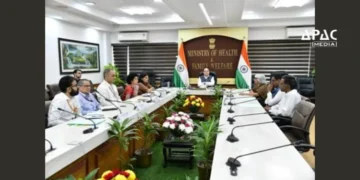
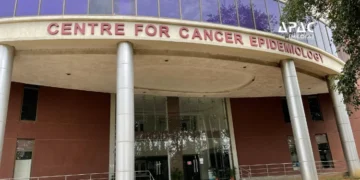





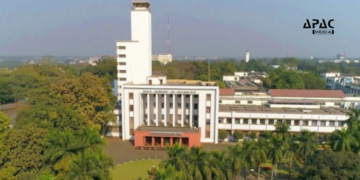

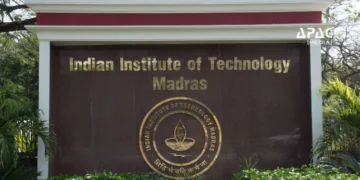



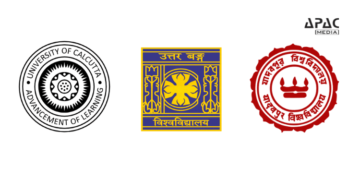





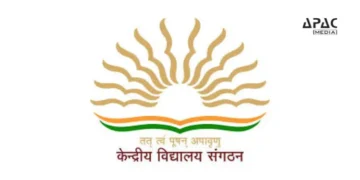

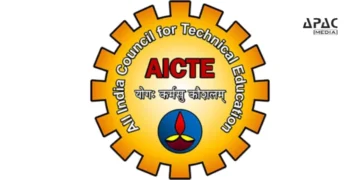

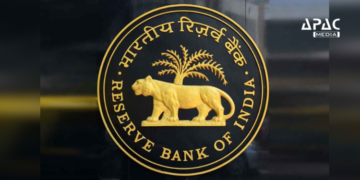





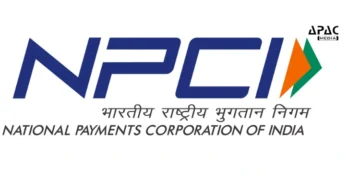










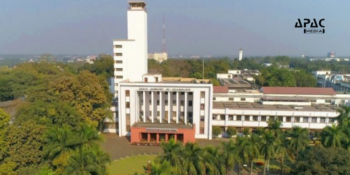
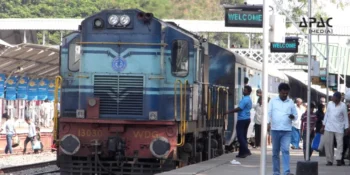







Discussion about this post